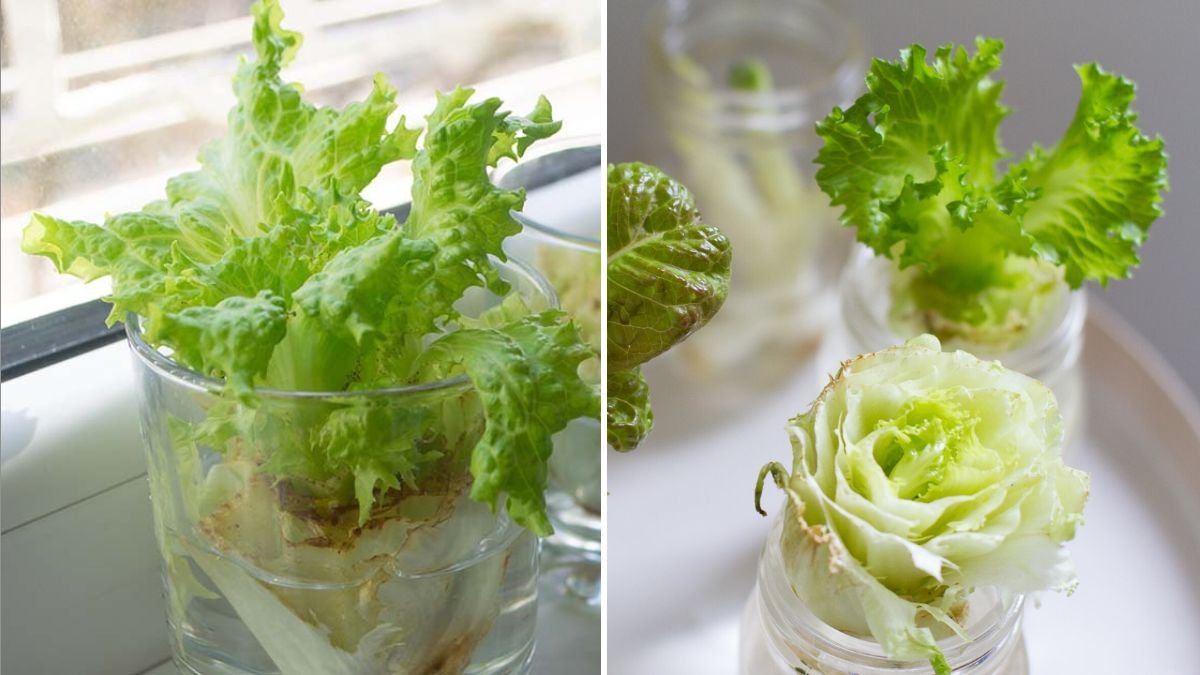What if that leftover cabbage core sitting on your cutting board could grow into an entirely new head of cabbage—without ever stepping foot in a store?
That’s right—you can regrow cabbage from kitchen scraps easily, even if you don’t have a backyard garden. With just a bit of patience, sunlight, and water, you can transform a simple cabbage core into a fresh, leafy crop that keeps on giving.
This eco-friendly gardening method has become a favorite across the U.S. among urban gardeners, sustainable living enthusiasts, and homesteaders alike. It’s perfect for those who want to reduce food waste, save money, and enjoy organic, homegrown produce.
In this step-by-step guide, we’ll show you exactly how to regrow cabbage from scraps, how to care for it, and how to get the most yield possible from your kitchen leftovers. Let’s dive in and grow something amazing right from your kitchen!
1. Why Regrow Cabbage? The Sustainable Gardening Trend Taking Over America
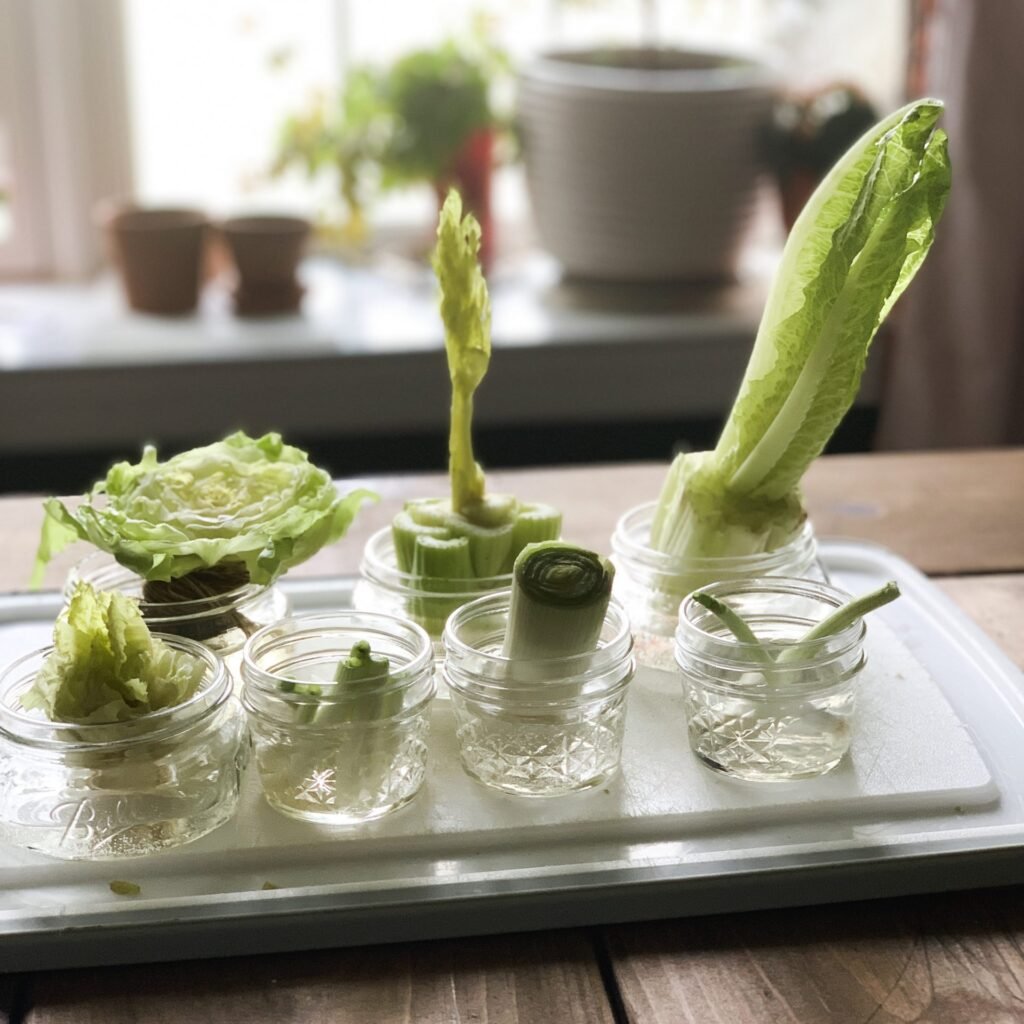
In recent years, regrowing vegetables from scraps has exploded in popularity across the United States. From carrots and lettuce to celery and green onions, gardeners are discovering that you don’t always need seeds to grow your food.
Cabbage is one of the easiest vegetables to regrow, and it’s incredibly rewarding. Instead of tossing the core after making coleslaw or stir-fry, you can use it to grow a whole new plant.
Benefits of Regrowing Cabbage at Home:
- Eco-Friendly: Reduces kitchen waste and landfill impact.
- Cost-Effective: No seeds or nursery plants required.
- Fast Results: Visible regrowth in less than a week.
- Beginner-Friendly: Perfect for kids, schools, and first-time gardeners.
- Organic Control: You choose the soil, water, and fertilizer—no chemicals.
Regrowing cabbage is more than just a gardening hack—it’s a small, powerful act of sustainability that saves money and connects you with nature.
2. What You’ll Need to Regrow Cabbage
Before you start, make sure you have everything ready. Fortunately, this method is simple and requires minimal supplies.
Supplies List:
- A fresh cabbage core (the firm center part left after removing leaves)
- A shallow dish or bowl
- Clean water (filtered if possible)
- Toothpicks (optional, for balance)
- A sunny windowsill or outdoor spot
- A pot or garden bed
- Rich potting soil or organic compost mix
3. Step-by-Step: How to Regrow Cabbage from Kitchen Scraps
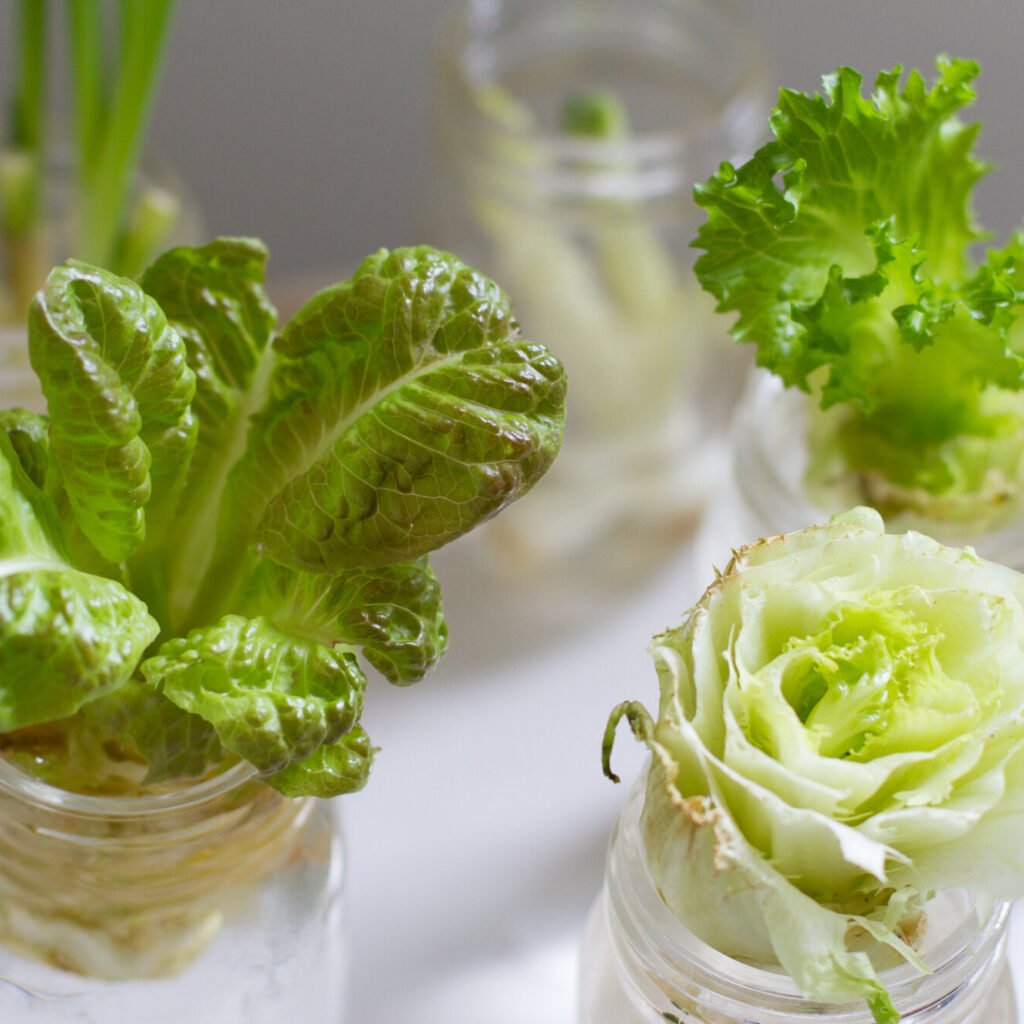
Now that you’ve got your materials ready, let’s walk through each step carefully to ensure a strong, healthy plant.
Step 1: Prepare the Cabbage Core
After using your cabbage for cooking, leave behind about 2–3 inches of the core at the base (where the leaves were attached).
Rinse it gently under running water to remove any dirt or debris. Avoid cutting off too much of the base—this is where new roots will sprout.
Step 2: Place the Core in Water
- Fill your dish or bowl with ½ inch of clean water.
- Place the cabbage core cut-side up and base-down into the water.
- Optionally, use toothpicks to keep it stable or slightly elevated.
Set the dish in a sunny, warm area—a windowsill that gets at least 6 hours of indirect sunlight works perfectly.
Pro Tip: Replace the water daily to keep it clean and oxygen-rich. This helps prevent mold and bacteria from forming.
Within 3–5 days, you’ll notice tiny green shoots forming in the center and small white roots emerging underneath. That’s your cabbage coming back to life!
Step 3: Transplant to Soil
Once your cabbage has developed roots about 1–2 inches long and visible leaf growth, it’s ready to move into soil.
- Choose a pot with good drainage or a garden bed with loose, rich soil.
- Make a hole large enough to cover the base of the cabbage core.
- Place the core into the soil, covering it halfway.
- Gently pat down the soil and water thoroughly.
Your transplanted cabbage should be placed somewhere it can receive at least 6 hours of sunlight daily. If indoors, rotate the pot every few days to ensure even light exposure.
Step 4: Provide Proper Care and Maintenance
Cabbage plants are fairly low-maintenance, but they do appreciate consistent care to thrive.
Sunlight:
Cabbage loves sunlight—aim for 6–8 hours per day. Too little light can lead to slow growth or small leaves.
Watering:
Keep the soil moist but not waterlogged. Overwatering can cause rot, while underwatering leads to wilted, tough leaves.
Feeding:
Every 2–3 weeks, add a balanced organic fertilizer or compost tea. Cabbage is a heavy feeder and benefits from extra nutrients during its growth phase.
Temperature:
Cabbage prefers cool weather (55°F–75°F). If you live in a hot region, grow it in partial shade or during the fall and spring seasons.
Step 5: Watch It Grow and Harvest!
Over the next few weeks, your cabbage will continue to develop new layers of leaves. You’ll notice the head beginning to form in the center.
Depending on the variety and environment, your regrown cabbage can reach harvest size in 8–10 weeks.
Harvesting Tips:
- Wait until the head feels firm and compact.
- Cut it at the base with a sharp knife, leaving the lower leaves intact.
- These remaining leaves can regrow smaller heads over time, giving you a second harvest!
4. Common Mistakes to Avoid
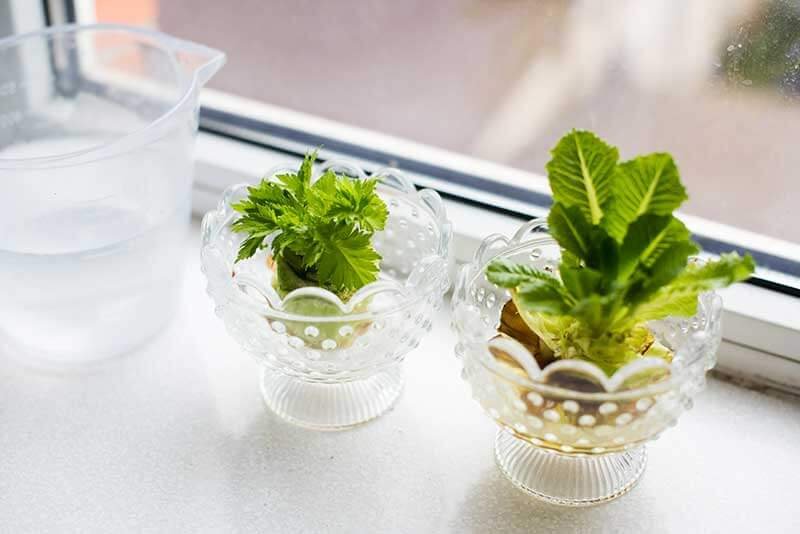
Even though regrowing cabbage is simple, a few common mistakes can slow growth or cause failure.
Mistake #1: Leaving the Core in Water Too Long
If you don’t transplant soon enough, the roots may rot. Move to soil as soon as roots are about 1 inch long.
Mistake #2: Poor Drainage
Cabbage hates soggy soil. Always use well-draining soil and a pot with drainage holes.
Mistake #3: Insufficient Sunlight
Without proper sunlight, cabbage plants become leggy and weak. Choose a bright spot or supplement with a grow light indoors.
Mistake #4: Overcrowding
If you’re regrowing multiple cores, keep at least 12–18 inches of space between plants. This ensures enough airflow and prevents fungal issues.
5. Maximizing Your Cabbage Yield
Want to make your regrown cabbage even more productive? Here are a few insider tips that many U.S. gardeners swear by:
Tip #1: Use Organic Compost
Mix compost or worm castings into your soil. This improves fertility, moisture retention, and overall yield.
Tip #2: Rotate Sunlight Exposure
Turn your pot or container every few days so all sides of the cabbage receive equal light.
Tip #3: Mulch for Moisture
Apply a thin layer of mulch or straw around the base. It helps retain moisture, keeps roots cool, and reduces weeds.
Tip #4: Companion Planting
Grow cabbage near herbs like dill, mint, or rosemary to repel pests naturally. Avoid planting next to tomatoes or strawberries, which attract aphids.
Tip #5: Watch for Pests
Cabbage worms and aphids are common threats. Use neem oil spray or a mild soap solution to keep them at bay safely.
6. Beyond Regrowth: Saving Cabbage Seeds
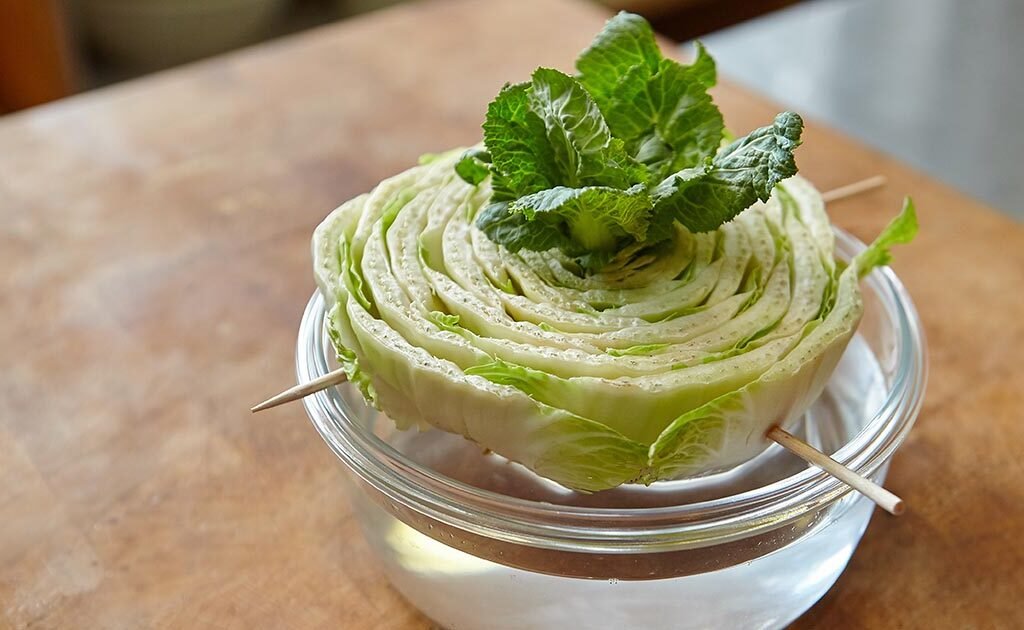
Once your cabbage plant reaches maturity, you can let it flower and go to seed—especially if you’re aiming for long-term sustainability.
How to Collect Seeds:
- Allow your cabbage to grow past harvest until it blooms.
- The flowers will produce small seed pods.
- When the pods turn brown and dry, cut them off and gently remove the seeds.
- Store seeds in a cool, dry place for next season.
By saving seeds, you create a self-sustaining cabbage cycle—no store-bought seeds needed ever again!
7. The Bigger Picture: Regrowing Vegetables for a Greener Future
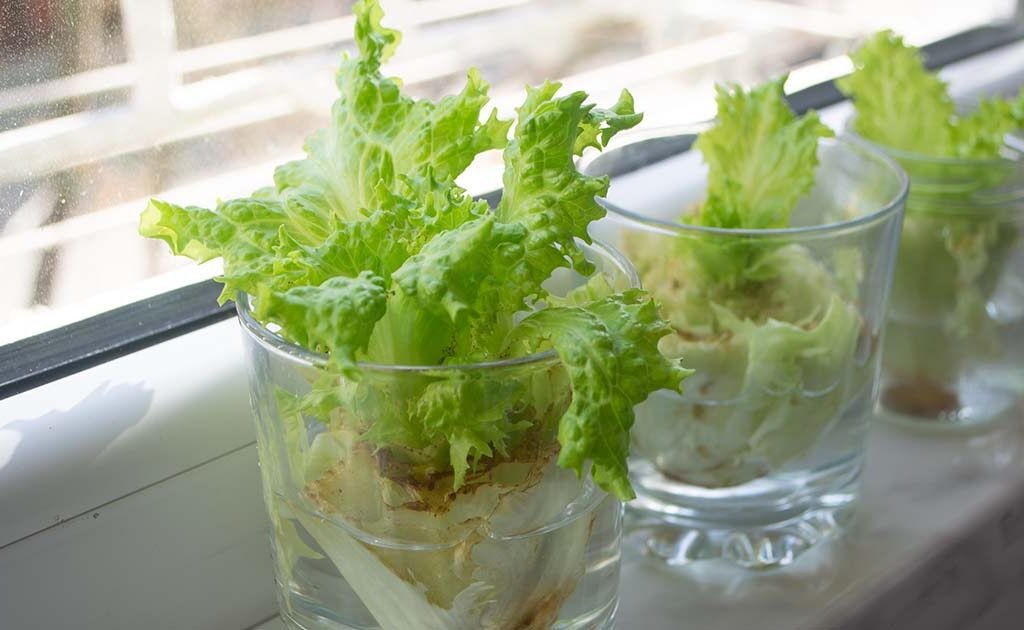
Regrowing cabbage from scraps is more than just a fun experiment—it’s a gateway to sustainable living. Imagine how much food waste Americans could prevent if every household regrew even a few vegetables.
Cabbage isn’t the only veggie you can regrow. Try this method with:
- Celery (from the base)
- Lettuce (from the core)
- Green onions (from roots)
- Garlic (from cloves)
- Carrots or beets (from tops)
By doing this, you’re saving money, reducing waste, and playing a role in protecting the planet—one scrap at a time.
Conclusion: Your Kitchen Is a Garden Waiting to Grow
Now that you know how to regrow cabbage from kitchen scraps, there’s no reason to throw those cores away again. With just a little care and patience, you can grow fresh, organic cabbage right from your kitchen counter.
It’s fast, easy, and incredibly satisfying. Every new leaf is a small victory for sustainability—and a step toward a greener, self-sufficient lifestyle.
So next time you chop up cabbage for tacos, coleslaw, or soup, don’t toss the core—plant it! Watch as your kitchen scraps come back to life, bringing fresh flavor and eco-friendly pride to your home.
